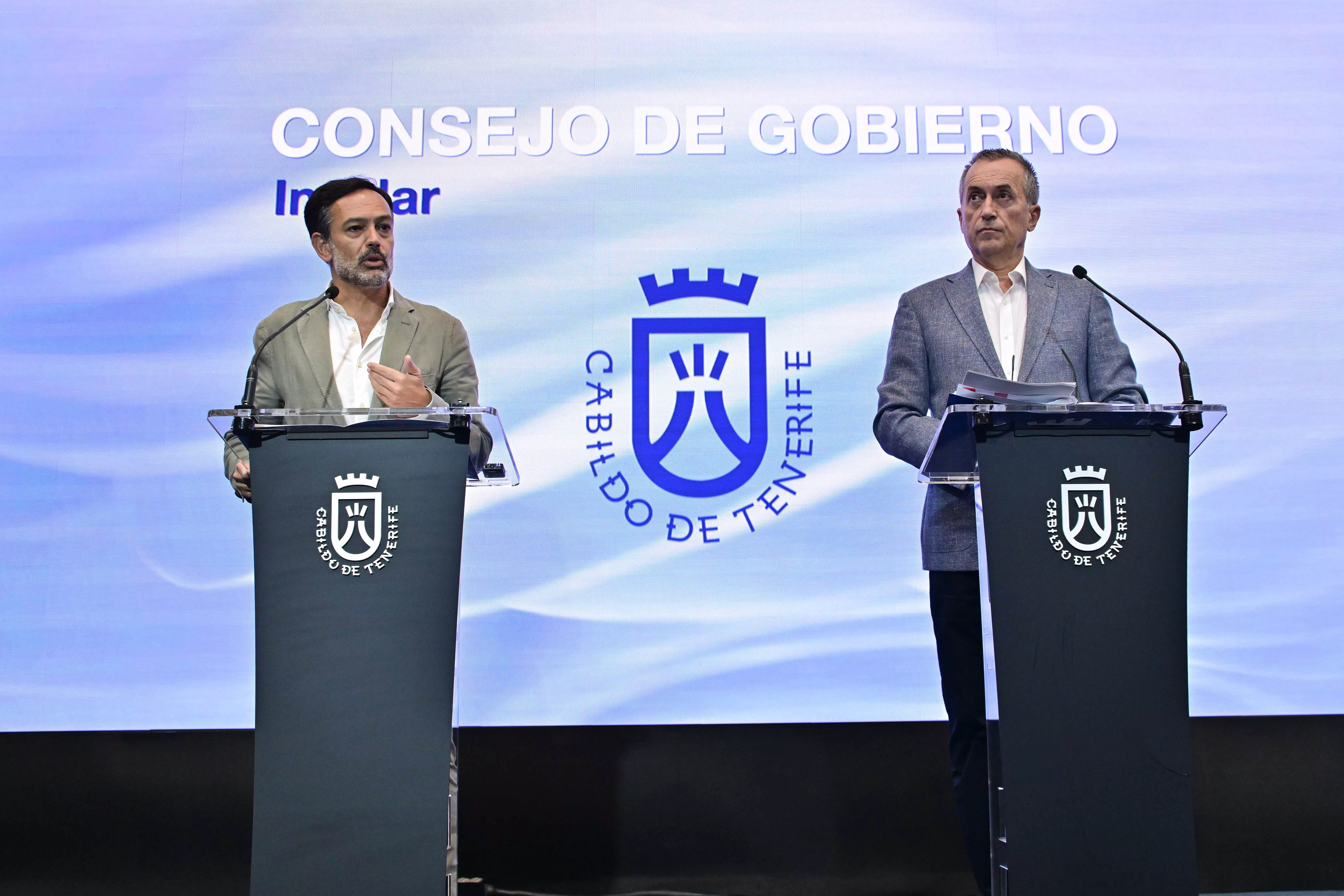This Thursday, the Official Gazette of the Canary Islands (BOC) published the commencement of the public notification period for the file regarding the declaration of Cultural Interest (BIC) of the sculpture by Juan de Ávalos, situated at the junction of Anaga Avenue and the Rambla in Santa Cruz de Tenerife, which honours the figure of the fascist dictator Francisco Franco.
This process is being conducted in accordance with the ruling issued by the Contentious-Administrative Court number 3 of Santa Cruz de Tenerife on June 28, 2024. The judicial decision mandated the initiation of the file following the appeal lodged by the Association for the Investigation and Protection of Historical Heritage San Miguel Arcángel, according to a statement from the Cabildo.
The Corporation emphasises that as part of the standard protocol for these files, in September 2024, assessments and opinions were solicited from various organisations specialising in heritage and art, including the University of La Laguna, the Autonomous Agency of Museums, and the Official College of Architects of Tenerife, La Gomera, and El Hierro. Moreover, the commencement of the procedure was communicated to various institutions and organisations associated with cultural heritage.
With the gathered documentation, a hearing procedure spanning 15 days is now initiated, allowing interested parties to submit their claims and provide additional documents.
Furthermore, a 20-day public information period starts, beginning from the day after the publication in the BOC, permitting any individual or legal entity to review the file and make any observations they deem necessary.
In 2022, however, the Cabildo de Tenerife declared that a BIC statement was not appropriate, as their heritage technicians and experts from the University of La Laguna had concluded that there were no artistic values warranting the preservation of the monument.
The Cabildo reported that both studies examined the historical significance of Juan de Ávalos’s sculptural work, the creator of the monument, as well as its influence on art historiography and its representation in major collections and contemporary art centres. A technical and formal assessment of the sculpture was performed, focusing on its formal and conceptual contributions within its historical context, alongside its impact and visibility in key bibliographic resources for contemporary art, leading to the conclusion that the Monument to Franco lacks exceptional artistic merit.
















